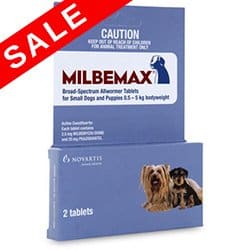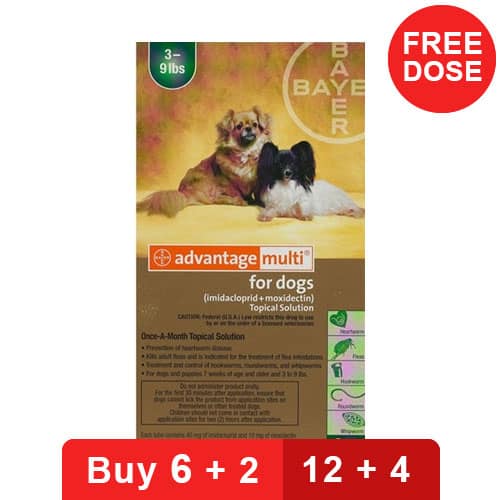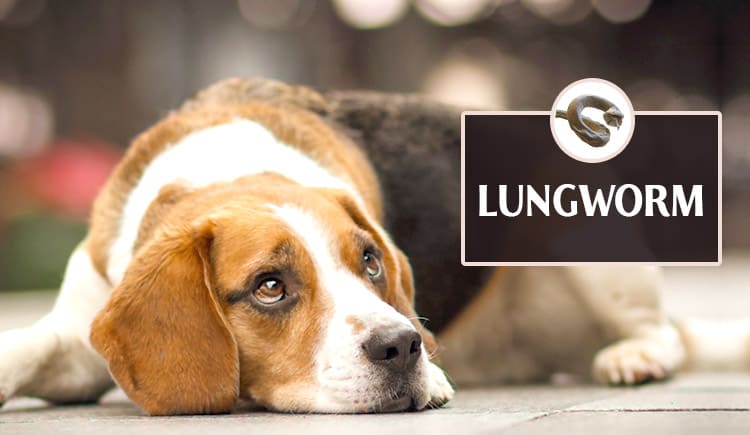Angiostrongylus Vasorum or Lungworm is a parasite that thrives in the trachea of the respiratory system in dogs. Dogs become infected with this worm on eating slugs, snails, molluscs and or feces of infected dogs. These eggs then hatch inside the trachea and cause blockage of the respiratory tract leading to breathing problems, blood clotting in eyes or bleeding from the nose and several other general symptoms of sickness. The spread of this worm to other organs like kidney, heart, intestines, liver, and eyes can also cause hemorrhages leading to life-threatening conditions in dogs.
Symptoms Of Lungworm in Dogs
Symptoms of lungworm infection vary from dog to dog which makes the diagnosis hard. However, dogs may still show some common signs of lungworms which may include:
- Breathing difficulty
- Coughing
- Sneezing
- Lethargy
- Unwillingness to exercise
- Abnormal clotting
- Small cut leading to major blood loss
How Is Lungworm Diagnosed in Dogs?
Lungworm infection is usually diagnosed through symptoms and the stool is tested for the presence of larvae. However, stools tests may not always give positive results even though the animal has lungworm in his body because worms may not always be present in the sample. Hence, bronchoscopy and x-rays may be conducted to check for the larvae and eggs of lungworms in the trachea of dogs. Once diagnosed positive, the infection can be treated using antiparasitic drugs.
How To Prevent Lungworms in Dogs?
Do’s
- Remove any fecal matter of your dog left in the garden immediately.
- Keep the surroundings clean so the snails and slugs are not attracted to filth.
- Keep produced sealed in containers.
- Control them by using repellents.
- If you keep a water bowl outside of your house for your dog, it is important to clean it regularly as it can be contaminated by snail eggs.
- Protect your dog by dewormers.
- Treating your dog time to time for worms can help prevent the infection.

Dont’s
- Stop the dog from eating all the outside things. It is definitely not possible to keep a check on the dog all the time but if you are in the garden or a park and you find him sniffing grass or fecal matter, stop him right away.
- Toys or dog things left in the garden may have snail or slugs on them which can be mistakenly swallowed by your dog while holding the object through his mouth. Thus, make sure to stash all his belongings inside the house. Don’t leave them in the garden overnight.

Type 2 Lungworm
Capillaria aerophila is another type of lungworm that is found in the trachea and bronchi of foxes and is transmitted to dogs when they ingest the contaminated fecal matter. They can also indirectly contract the eggs by drinking water or eating food contaminated by eggs. Upon ingestion, these eggs hatch in the intestine of the dogs and travel to the respiratory system through blood circulation. Once in the lungs, these larvae mature into adults and continue infecting the lungs and other body organs.
Well, lungworms are not transmitted directly from one dog to the other. However, the infected dog can spread the disease by passing eggs in his stools which another dog could eat. Cleaning the poop is thus very important, more so, if you have multi-pets in the household. So, take the measures in advance so your pet doesn’t have to suffer later.





